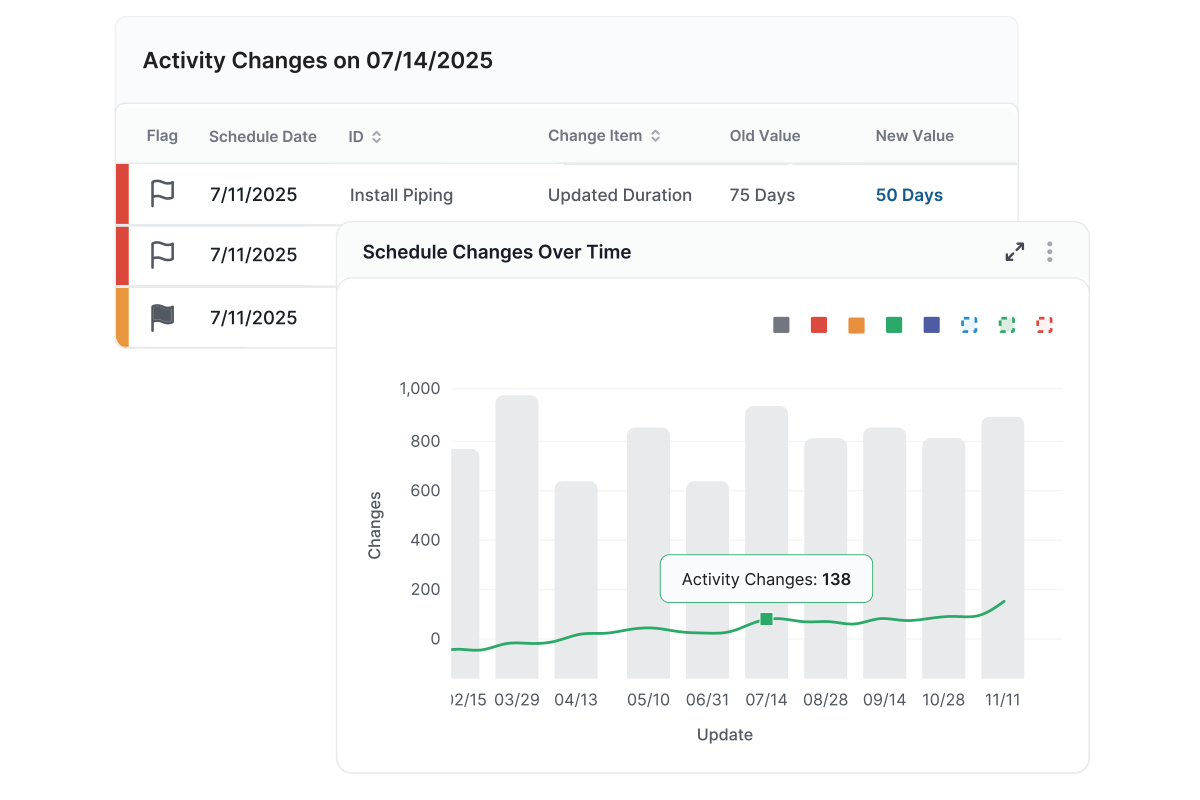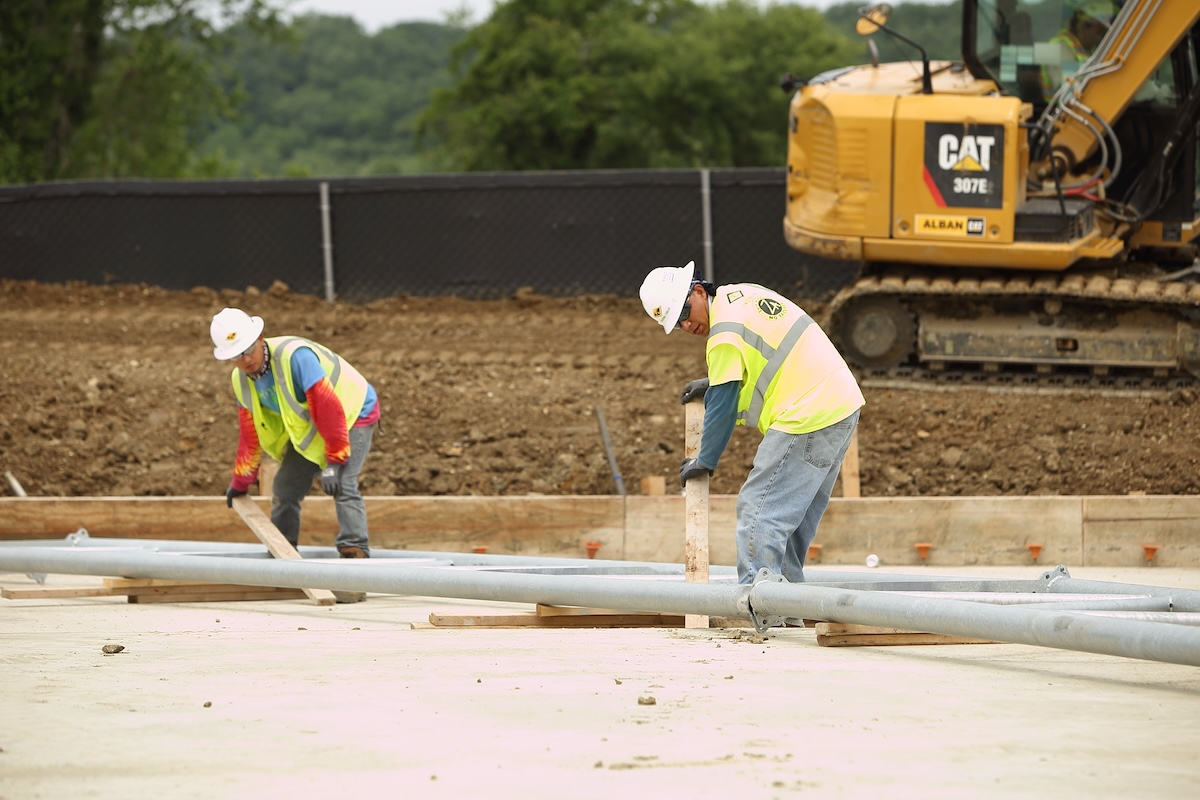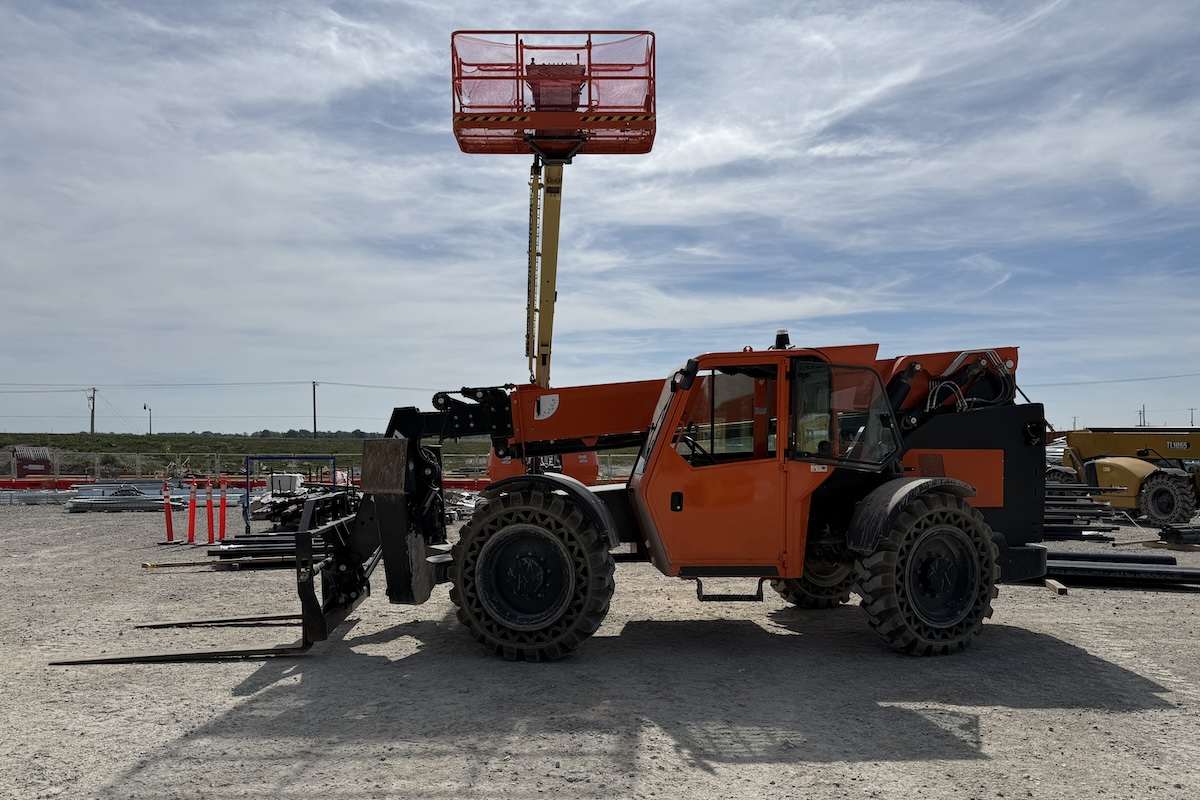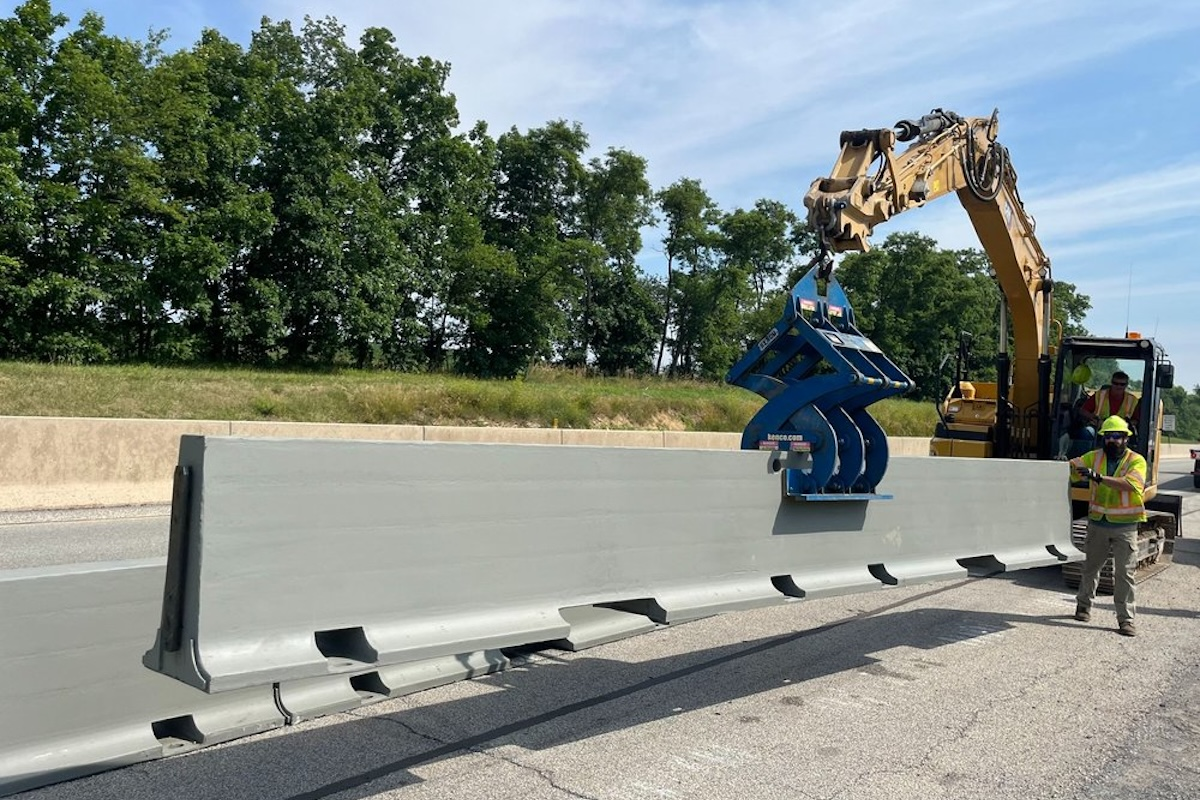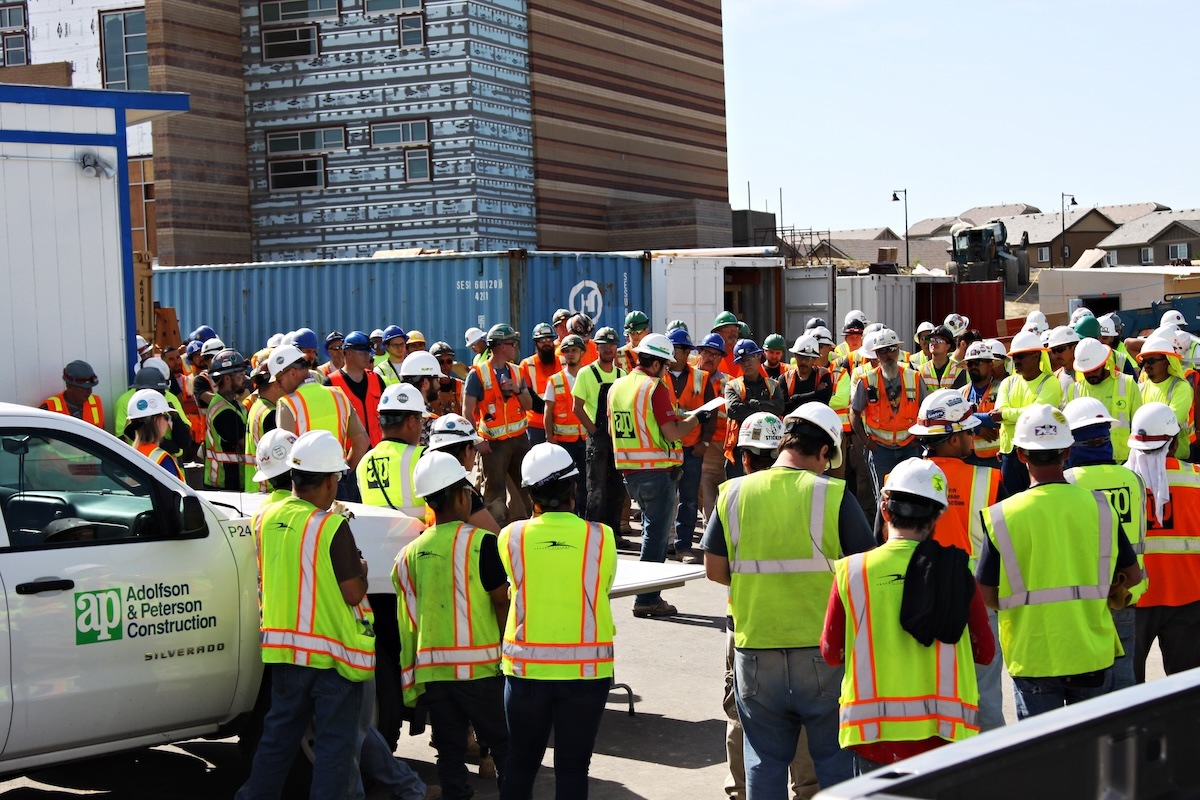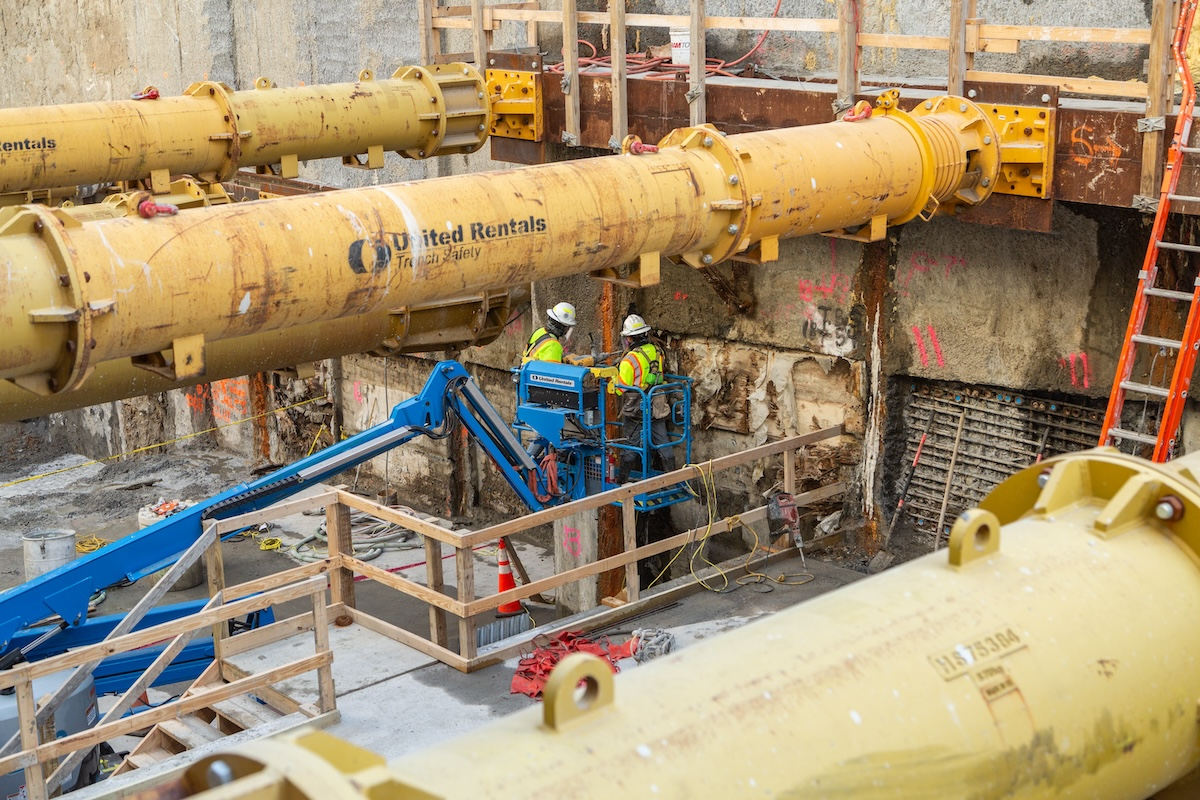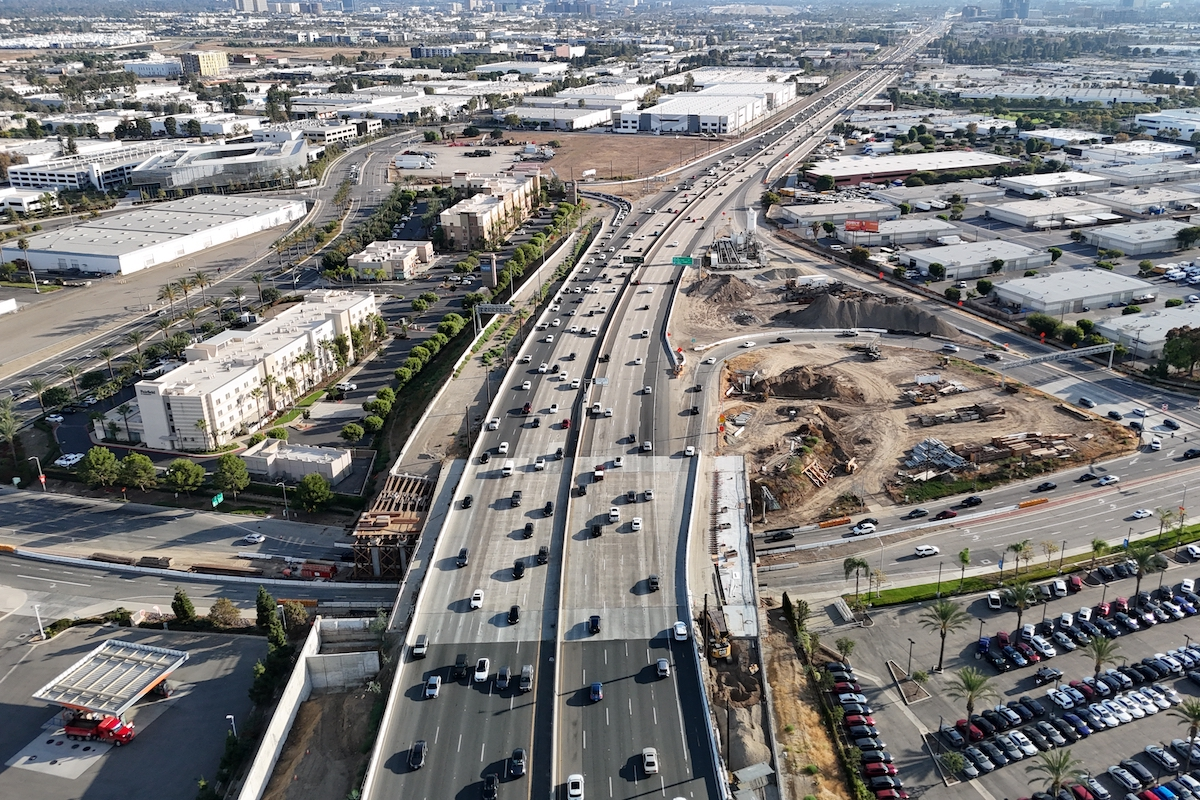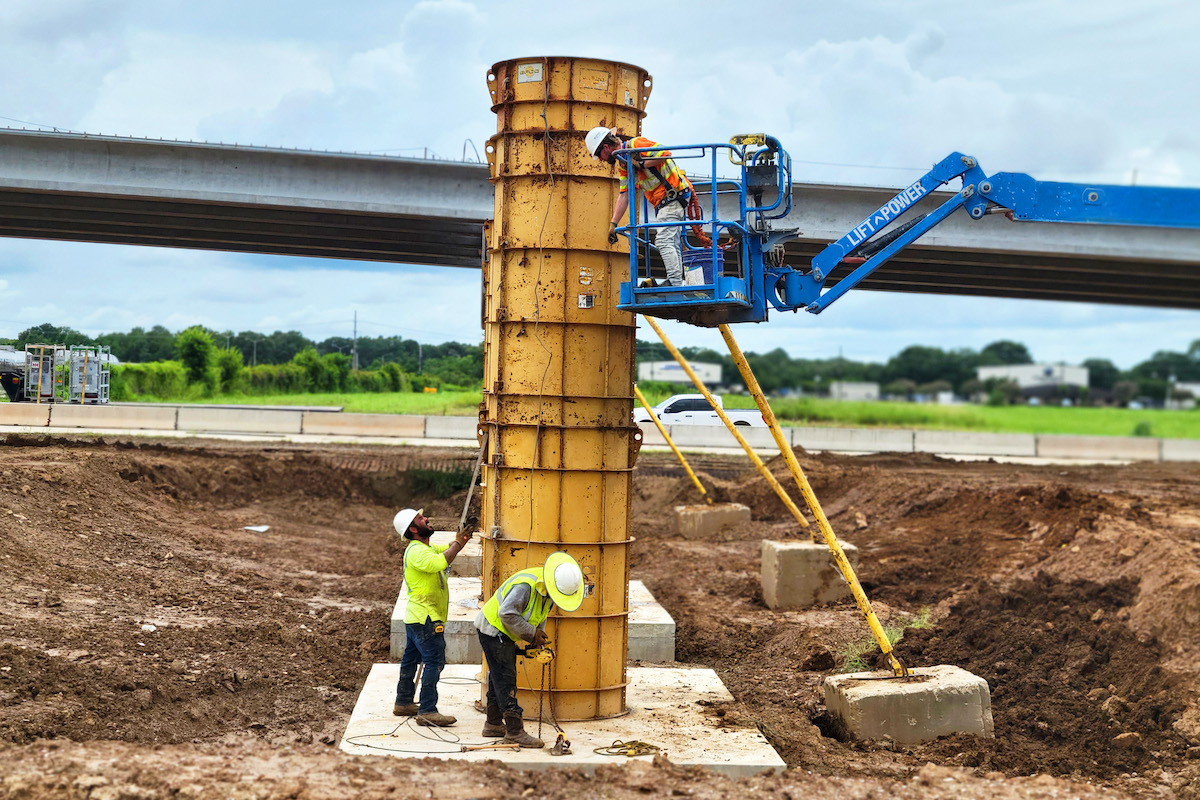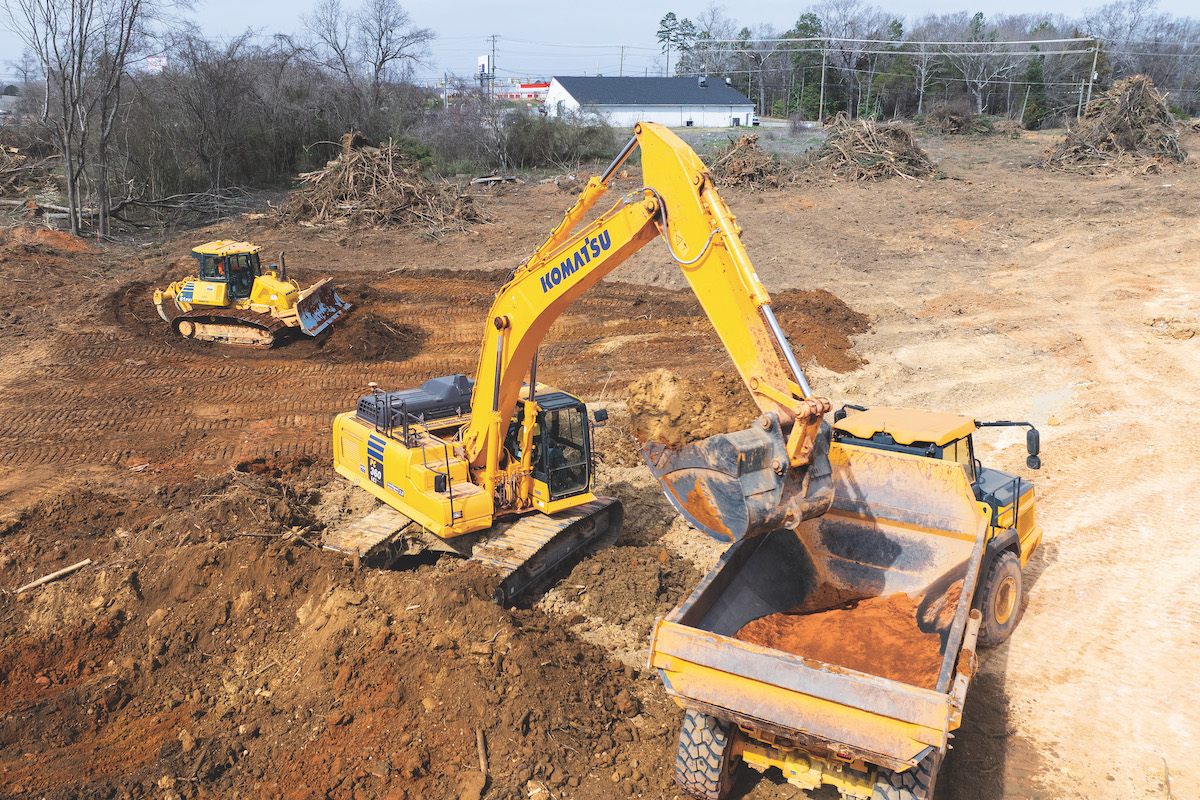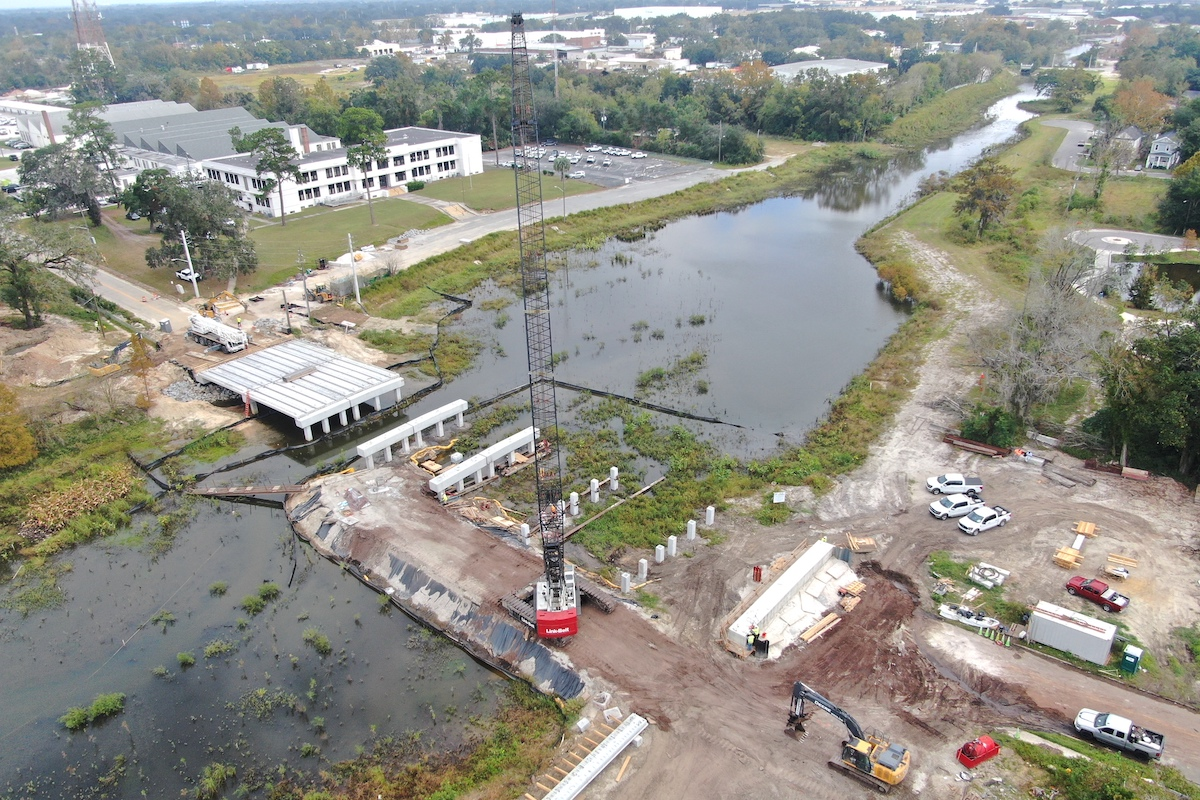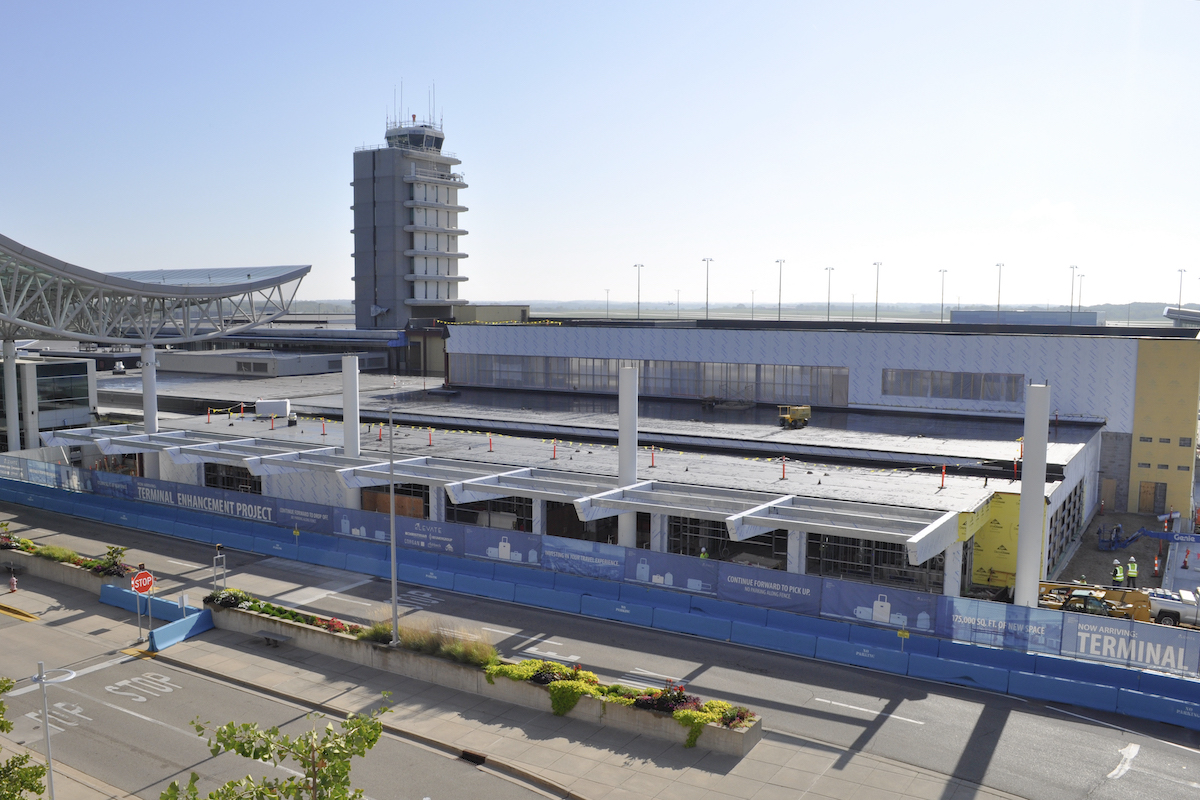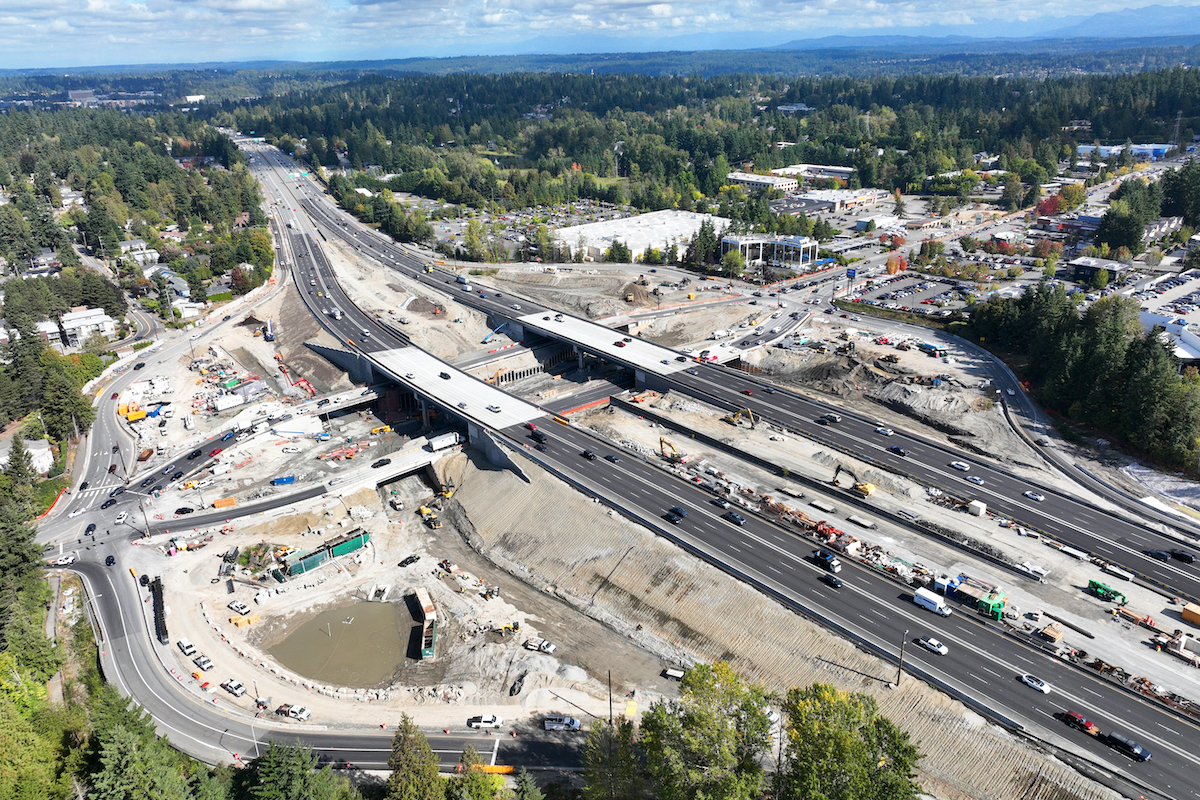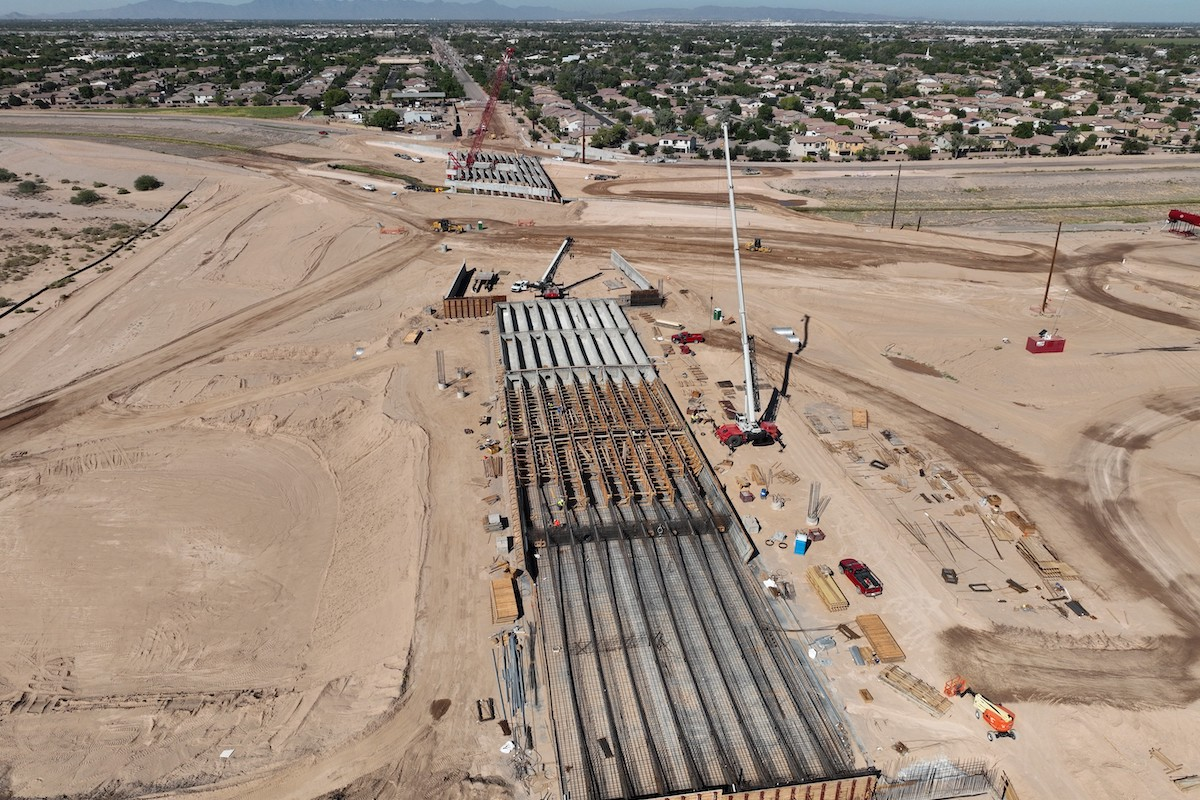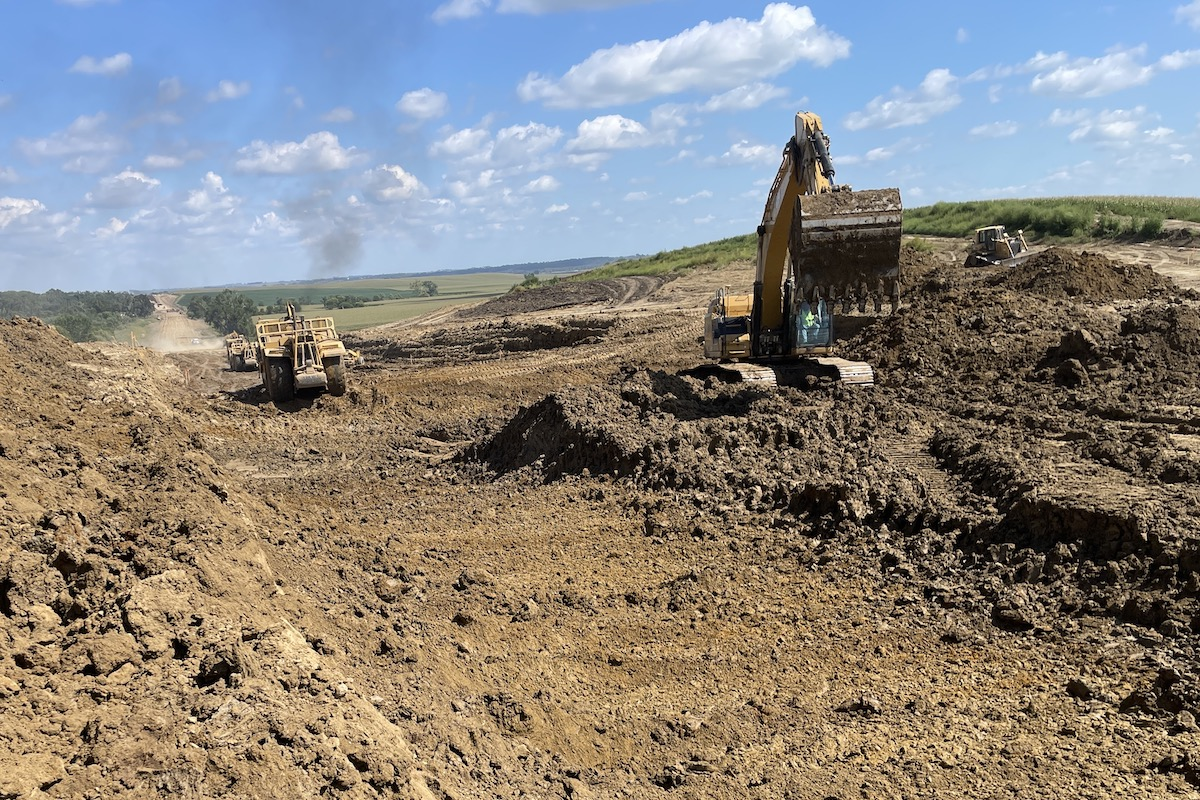The construction and construction materials industries operate in an ever-changing market, with company owners taking on high risk and exposure with the opportunity for a high reward. Merger and acquisition (M&A) transactions within the industry face unique challenges that can radically impact the success and ultimate value of deals, highly influenced by the following factors: economic uncertainty, the regulatory and compliance environment, workforce considerations, and available technological advancements.
In this article, we discuss these change-driving factors and how to overcome hurdles to achieve successful, value-creating M&A deals.
The impact of changing market conditions requires careful consideration in M&A deals.
Material Prices and Supply Chain
Material prices are always changing due to market conditions, especially in times of rapidly changing tariff policy, along with various local and global events. Changes in local and global economic conditions can also impact the cost and availability of construction materials, creating supply chain disruptions. Detailed analysis should be performed to better understand the impact that significant changes in materials costs will have on company valuations, including any agreements in place to fix material prices, such as bulk purchase and/or exclusivity arrangements.
Investor and Seller Hesitation
Investors and sellers are generally more cautious during economic downturns and periods of deemed instability. This commonly leads to delays or even the cancellation of deals.
Interest Rates
Interest rates have a significant impact on the M&A market. From a buyer’s standpoint, rising interest rates create challenges in obtaining financing to fund transactions, which could cause investor/buyer hesitation. From the seller’s perspective, rising interest rates create cash flow issues, particularly impactful in the capital-intensive construction and construction materials industries. Being able to easily run the numbers using revised estimates is a necessity.
Debt Market Challenges
Access to financing is harder, and generally more costly, in times of economic uncertainty. Discussions regarding not only the cost comparison but also the pros and cons of various financing alternatives are essential.
Certain conditions can make transactions more complex in terms of reporting or future bonding.
Increased Enforcement
Regulatory bodies may closely scrutinize proposed transactions to prevent reduced competition. This is especially true in markets where fewer players could lead to anticompetitive practices. Familiarity with the Hart-Scott-Rodino (HSR) Act saves time when considering reportable transactions.
Approval Delays
When there is an HSR filing requirement, regulatory agency review will extend the timeline of deal closures. Along with these delays come additional costs and an uncertainty that is not present in non-HSR deals.
Surety/Bonding
A contractor’s bonding program is based on the historical results and relationship the contractor has with the surety and bonding agent. M&A transactions resulting in a change of ownership could create concerns with the surety. Therefore, including the surety and bonding agent in the M&A process is essential to ensure a smooth transition and continuity of the contractor’s bonding program.
In addition to financial aspects, the people involved in a company greatly affect the outcome of M&A deals.
Skilled Labor Shortages
Labor shortages significantly impact the construction and construction materials industries at all levels, driving up costs and potentially hindering growth. Significant time should be spent evaluating the contractor’s workforce in a M&A transaction to mitigate future employee/labor shortages.
Effects of Workplace Culture
Merging companies with different cultures can lead to friction, affecting employee morale and productivity. This is particularly true in labor-intensive industries and can lead to post-transaction losses of key personnel. Time spent evaluating corporate culture, key employees, and post-transaction employment will help ensure a smooth post-transaction culture. The broader integration plan must allow for continuous monitoring of the cultural integration.
Union and Other Labor Agreements
The presence of union and other labor agreements can impact workforce integration and the proper alignment of operations during and after mergers. Additional diligence is also needed to determine if there are unfunded pensions and other liabilities that may follow the buyers.
Technology used by companies on both ends of a deal needs to be analyzed. In some cases, a lack of technological solutions creates its own issues.
Playing Catch-Up
The construction and construction materials industries have historically been slower than many other industries to adopt new, innovative technologies. This can lead to lower valuations as buyers may be required to make significant technology investments post-transaction.
Gaining in Popularity
From the use of 4D building information modeling that adds the dimension of time to digital twins, virtual reality/augmented reality, drones with reality capture, robotics and automation, and enhanced data analytics, the pendulum is swinging away from traditional, manual processes of the past to more digital and automated workflows.
Integration Challenges
The integration of information technology (IT) systems is complex. Some systems cannot or will not talk to each other. When IT integration is required, gaining and documenting a full understanding of all systems in use is necessary — and mapping the planned integration of these systems is highly suggested. This integration requires competent management and is often very costly. Estimates of time and cost must be built and closely monitored during this process.
System Updates
At times, the acquiring companies are using outdated technology and must upgrade in order to integrate. Properly planning for this, if necessary, will save time and money.
Navigating the M&A landscape in the construction and construction materials industries requires a comprehensive approach to address an array of challenges. Economic uncertainty, the regulatory and compliance environment, workforce considerations, and technological advancements can present significant hurdles that must be strategically managed.
Utilizing a proactive and adaptable approach — coupled with proper planning, preparation, and execution — experienced professionals can help companies overcome these challenges and create opportunities to achieve successful, value-creating M&A transactions that drive growth and establish competitive advantages in a rapidly evolving market.




